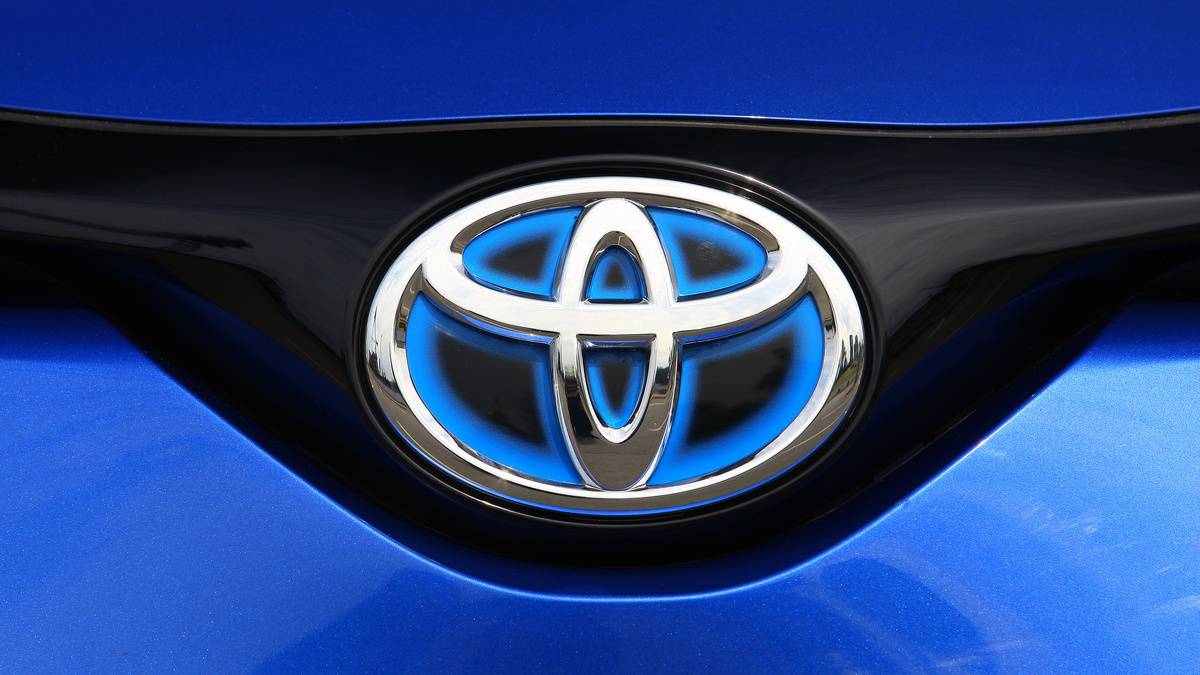A team of Toyota’s Global and European executives shared last week the company’s latest developments outlining its technology strategy and vision and revealing its latest services and products at Toyota Motor Europe’s annual Kenshiki event.
Kenshiki means ‘insight’ in Japanese, and this 2022’s edition to an audience of more than 250 media, focused on carbon neutrality and the transformation to a mobility provider.
Carbon neutrality by 2040
According to the press release, Toyota Motor Europe announced its commitment to reach full carbon neutrality in Europe by latest 2040.
Building on its promise in 2021 to achieve full CO2 reduction in all new vehicles in the UK, EU, and EFTA by 2035, TME’s direction was summarized by TME’s President and CEO Matt Harrison.
Broadly speaking, there are two key focus areas: the first is carbon neutrality and how we plan to achieve it in areas of our business, and the second, as we transition for a manufacturing and sales company to a provider of mobility services, is the future of mobility.
Matt Harrison, President & CEO of Toyota Motor Europe
In addition, EVP Manufacturing of Toyota Motor Europe, Marvin Cooke, outlined the brand’s 2030 objective of having all its European manufacturing facilities carbon neutral.
In this area, TME’s approach is multi-faceted, minimizing energy consumption wherever possible, shifting to green energy, and implementing kaizen innovations to reduce CO2 or eliminate it.
At our engine plant in Deeside in the UK we have installed solar panels equivalent to 10 football pitches to give us a good supply of zero-emission electricity, and we’re collaborating with a local company to process more than 90% of our waste to generate biogas which will be used to produce green electricity and biomethane. This approach is working well and we expect to be carbon neutral as early as 2025. Towards 2040 for those activities outside of TME’s direct control, such as upstream supply and logistics, it’s a much bigger challenge and one we will achieve in close collaboration with our partners and suppliers.
Marvin Cooke, EVP Manufacturing of Toyota Motor Europe
The science behind the multi-technology strategy
Toyota Motor Corporation’s chief scientist and CEO of Toyota Research Institute, Dr. Gill Pratt, gave practical insights into the hard science behind the company’s global approach to decarbonization which uses several electrified technologies to maximize carbon reduction by optimizing the use of scarce resources.
Furthermore, the company’s multi-technology strategy acknowledges the complementary benefits of battery-powered vehicles and those running on hydrogen for zero-emission mobility.
Owing to the current short supply, lack of infrastructure, and high costs of battery materials, it is better to use a combination of battery electric, hybrid, plug-in hybrid electric EVs to lower CO2 emissions in the next 10 to 15 years.
We must do what is best for the environment, which is to extract the most carbon reduction from each battery cell produced, replacing as many non-electrified vehicles as possible with electrified ones, guided by the simple principle that carbon is the enemy, not a particular powertrain.
Dr. Gill Pratt, Chief Scientist of Toyota Motor Corporation and CEO of Toyota Research Institute
SVP – People, Technology & Corporate Affairs, Toyota Motor Europe, Kylie Jimenez explained that the automaker’s global strategy relates to meeting its European consumer needs with a line-up including battery electric, fuel-cell, hybrid, and plug-in hybrid vehicles.
We call this the ‘power of And’ because rarely does one size fit all, especially when you consider the diversity of customer needs and infrastructure readiness.
Kylie Jimenez, SVP – People, Technology & Corporate Affairs, Toyota Motor Europe
Product power of TME’s electrified range driving growth
TME anticipates selling around 1.1M vehicles this year, a small but significant growth year-on-year (YoY) in a European market that was down by -12% and setting a new record of 7.3% market share up by +0.9% points YoY.
This momentum is driven by TME’s electrified model range product power commanding an overall European mix of about 66% of total sales.
Woven Planet: Mobility to love, safety to live
In his first presentation to European media, Woven Planet’s Dr. James Kuffner explained its unique role in the company’s shift to a mobility company. Woven Planet’s mission statement of ‘Mobility to love, safety to live.’
We are creating new software platforms and tools, processes and a culture shift to software-defined development for Toyota. This will improve productivity by delivering software that allows for scalability and the reuse of code across hundreds of Toyota and Lexus models.
Dr. James Kuffner, CEO of Woven Planet Holdings & Chief Digital Officer of TMC
Notably, Woven Planet’s vision embraces three types of mobility: Mobility of Goods, Mobility of Information, and Mobility of People.

